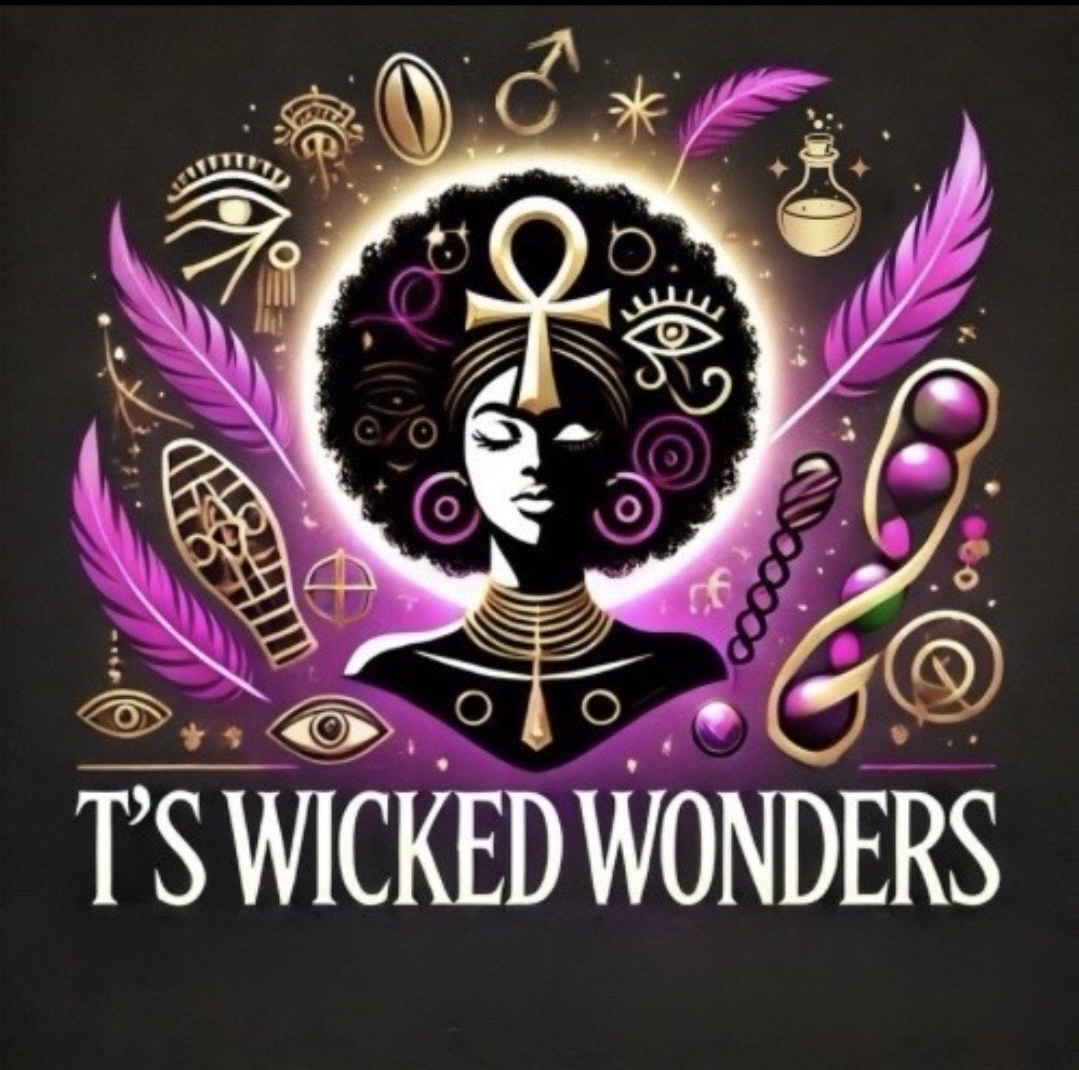Magical Creatures: Vampires – The Night Stalkers Pt. 2
- T's Wicked Wonders

- Apr 26, 2019
- 3 min read
There is an old Albanian lore of vampires known as Wurwolaka. This vampire would attack humans at night, ripping their body apart and drinking their blood. Anyone who looks upon this vampire would be stricken with insanity. It is said that the only way to destroy this vampire is to burn its body to ashes.
One of the most insidious vampires in German folklore is the Alp. The alp is a ghoulish looking sorcerer capable of assuming the form of a bird, or cat, in order to work its mischief. The Alp is a sexual predator who attacks women and girls in their bed while they are asleep. A common ability of the Alp, is their power to enter the thoughts of their victims, and create horrific nightmares, these nightmares often result in convulsions and fits of hysteria. The corpses of Alps, who are thought to have risen from the dead, are removed from their graves and ceremoniously burned to ashes.
Ireland has a few vampire tales of its own, such as the Irish Dearg-Due. Dearg-Due, an Irish name meaning “red blood sucker,” is a female demon that seduces men and then drains them of their blood.
According to legend, a beautiful young lady from a good family fell in love with a peasant boy. Her family opposed this relationship and insisted she marry an older man from her own class. She died shortly after this marriage, due to the violence of her brutish husband. No one mourned the girl’s death, except the peasant boy who loved her dearly. On her death bed she vowed revenge against those who had wronged her.
After her death she arose from her grave and visited the home of her father, where she sucked the life out of him. Next she visited the home of her husband where he lay with his new wife. In anger she attacked both of them draining the bodies of blood. Now she had a taste for blood, and each night she would rise with an insatiable hunger. The only way to stop her was to pile stones on her grave, preventing her from rising. Dearg-Due – An Irish Vampire
Scotland has its own impressive catalogue of vampire lore. One story takes place in William Brien House, a hotel in Inverleith, near Edinburgh. During the winter of 1915-1916 staff and visitors were left terrified by an apparition that had an unmistakable air of evil. A medical student named, Andrew Muir, volunteered to investigate this matter. The owner reluctantly agreed, and gave him a bell to ring in case of alarm. Later the med student shut himself inside the room, and shortly after listeners heard horrid screaming and frantic ringing of the bell.
The owner rushed into the room, and found the student slumped in his chair, dead. After investigating the body, they found puncture wounds to the throat and shoulders. This murder was never solved. It turns out the former owner of the hotel, a man named William Brien, before he died, gave instructions that his grave was to be forty feet deep, and the coffin was to be kept secure. Was he worried of what he might do if he rose from his grave?
In Greece the dead who return to life, are known as Vrykolakas, the Vrykolakas are generally considered to be the most virulent demons of the undead, they return to life to cause misery to the living.
The belief in Vrykolakas was in fact so prevalent, that the Greek Orthodox Church was compelled to address the issue in the first century, to help the growing fears and offer solutions for the suspected mischief of the wandering undead. One of the Church’s solutions to the Vrykolakas, was to dig up the body of the suspected troublemaker, and burn the remains to ash, a remedy that would mollify a nervous population for centuries.
The word Vrykolakas came to Greece and the southern Slavic people of the Balkans. The term originally developed from descriptions of wearers of wolf pelts, and gradually evolved into a description of demons with wolf like characteristics.
The Greek interpretation of the term Vrykolakas was essentially vampiric in nature. The same term was used by the Slavs to describe other equally frightful creature, werewolves. One peculiarity of vampire myths of Eastern Europe, is that Slavic vampires can transform not only into bats, but also into butterflies.
Metaphysical and spiritual store | T's Wicked Wonders
https://juliamaenanny.wixsite.com/tswickedwonders
Check out Ts Wicked Wonders (@WondersTs): https://twitter.com/WondersTs?s=09
https://www.facebook.com/groups/TsWickedWonders/












Comments